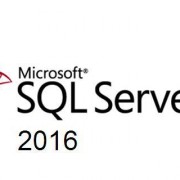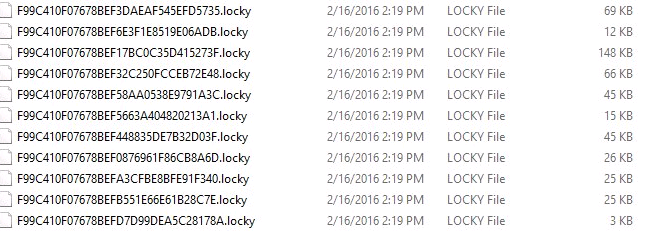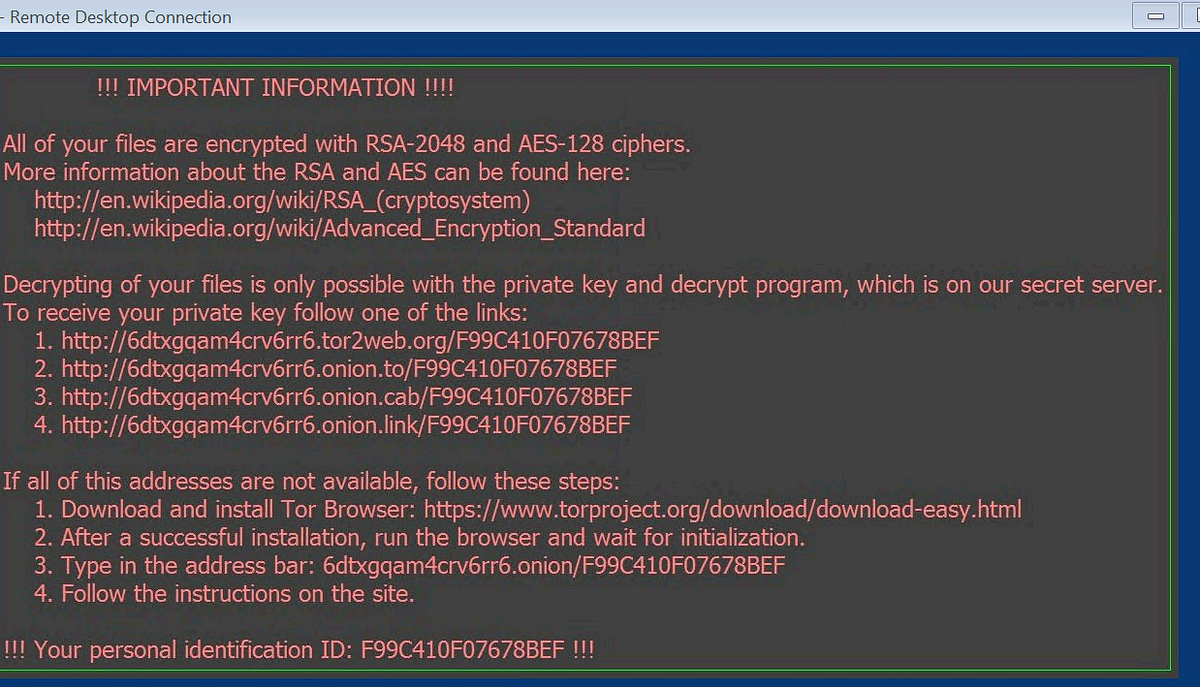Microsoft on Upcoming SQL Server 2016; Goes After Oracle
Data professionals might have been expecting a launch date for SQL Server 2016 at the Data Driven event held today in New York City, but what they got was a recap of the flagship database system’s capabilities and a full-out assault on rival Oracle Corp.
Exec Judson Althoff detailed a SQL Server 2016/Oracle comparison involving a scenario where various capabilities built into SQL Server 2016 were matched up against the Oracle database. “When we say everything’s built in, everything’s built in,” he said. When the built-in capabilities were pitted against similar functionality offered by Oracle products, “Oracle is nearly 12 times more expensive,” he said.
That specific scenario was envisioned with a project starting from scratch. Althoff said not everybody does that, as they have invested in “other technologies.”
Free Licenses for Oracle Switchers
“So if you are willing to migrate off of Oracle, we will actually give you free SQL Server licenses to do so,” Althoff said in his presentation. “For every instance of Oracle you have, free SQL Server licenses. All you have to do is have a Software Assurance agreement with Microsoft. If you’re willing to take this journey with us before the end of June, we’ll actually help and invest in the migration costs, put engineers on the ground to help you migrate off of Oracle.”
More details on the offer were unveiled in a ” Break free from Oracle ” page on the Microsoft site. “This offer includes support services to kick-start your migration, and access to our SQL Server Essentials for the Oracle Database Administrator training,” the site says. “Dive into key features of SQL Server through hands-on labs and instructor-led demos, and learn how to deploy your applications — on-premises or in the cloud.”
Microsoft also went after Oracle on the security front, citing information published by the National Institute of Standards and Technology that lists databases and their vulnerabilities. On average, over the past few years, exec Joseph Sirosh said in his presentation, SQL Server was found to have 1/10th the vulnerabilities of Oracle.
Always Encrypted
Sirosh also highlighted new security capabilities of SQL Server 2016. “In SQL Server 2016, for the first time, you will hear about a capability that we call Always Encrypted,” he said. “This is about securing data all the way from the client, into the database and keeping it secure even when query processing is being done. At the database site, the data is never decrypted, even in memory, and you can still do queries over it.”
He explained that data is encrypted at the client, and sent to the database in its encrypted form, in which it remains even during query processing. No one can decrypt credit card data, for example, while it’s in the database, not even a DBA. “That’s what you want,” Sirosh said of the functionality enabled by homomorphic encryption.
During today’s event, Microsoft CEO Satya Nadella and other presenters focused on a series of customer success videos and live presentations, reflecting Nadella’s belief that Microsoft “shouldn’t have launch events, but customer success events.”
Those success stories leveraged new ground-breaking capabilities of SQL Server 2016, including in-memory performance across all workloads, mission-critical high availability, business intelligence (BI) and advanced analytics tools.
“We are building this broad, deep, digital data platform,” Nadella said. “This platform is going to help every business become a software business, a data business, an intelligence business. That’s our vision.”
Exec Scott Guthrie took the stage to discuss the new support for in-memory advanced analytics and noted that for these kinds of workloads, data pros can use the R programming language, which he described as the leading open source data science language in the industry. Coincidentally, Microsoft yesterday announced R Tools for Visual Studio for machine learning scenarios.
SQL Server on Linux
Providing one of the few real news announcements during the presentation, Guthrie also noted that a private preview of SQL Server on Linux is available today, following up onsurprising news earlier in the week that SQL Server was being ported to the open source Linux OS, which is expected to be completed in mid-2017. Guthrie said that unexpected move was part of the company’s strategy of bringing its products and services to a broader set of users and “to meet customers where they’re at.”
Another focus of the event was the new “Stretch Database” capability, exemplifying SQL Server 2016’s close connection to the Microsoft Azure cloud.
“SQL Server is also perhaps the world’s first cloud-bound database,” Sirosh said. “That means we build the features of SQL Server in the cloud first, ship them with Azure SQL DB, and customers have been experiencing it for six to nine months and a very large number of queries have been run against them.”
Sirosh expounded more on this notion in a companion blog post published during the event. “We built SQL Server 2016 for this new world, and to help businesses get ahead of today’s disruptions,” he said. “It supports hybrid transactional/analytical processing, advanced analytics and machine learning, mobile BI, data integration, always encrypted query processing capabilities and in-memory transactions with persistence. It is also perhaps the world’s only relational database to be ‘born cloud-first,’ with the majority of features first deployed and tested in Azure, across 22 global datacenters and billions of requests per day. It is customer tested and battle ready.”
Stretch Database
Features shipped with SQL server, Sirosh said, “allow you to have wonderful hybrid capabilities, allowing your workload to span both on-premises and the cloud. So Strech Database is one of them. Data in a SQL Server, cold data, can be seamlessly migrated into databases in the cloud. So you have in effect a database of very large capacity, but it’s always queryable. It’s not just a backup. That data’s that’s migrated over is living in a database in the cloud, and when you issue queries to the on-premises database, that query is just transported to the cloud and the data comes back — perhaps a little slower, but all your data is still queryable.”
The new capabilities for querying data of all kinds in various stages and forms were a focal point for Sirosh.
“We have brought the ability to analyze data at incredible speed into the transactional database so you can do not only mission-critical transactional processing, but mission-critical analytic processing as well,” Sirosh said. “It is the database for building mission-critical intelligent applications without extracting and moving the data, and all the slowness that comes with doing so. So you can now build real-time applications that have sophisticated analytical intelligence behind them. That is the one thing that I would love all of you to take away from this presentation.”
At the Data Driven Web site, Microsoft has provided a comprehensive series of videos that explore various separate aspects of SQL Server, with topics ranging from “AlwaysOn Availability Groups enhancements in SQL Server 2016” to others on R services, in-memory OLTP, PolyBase, the Stretch Database, Always Encrypted and many more.
Still some attendees — virtual or otherwise — were disappointed by the lack of real significant news.
“Did this whole thing just finish without so much as a release date?” asked one viewer in a Tweet. “Sigh.”
Source : https://adtmag.com/Articles/2016/03/10/sql-server-2016.aspx








